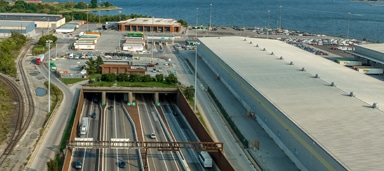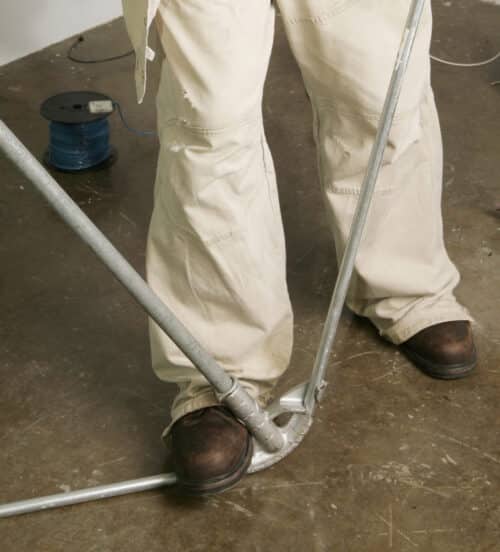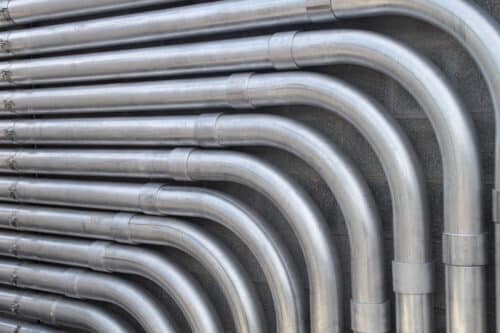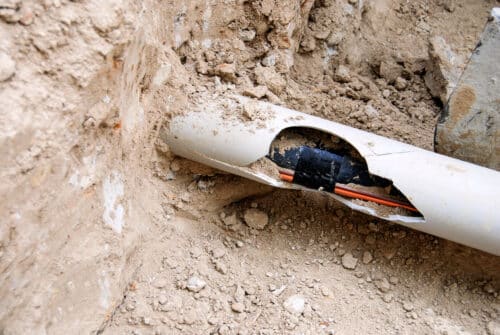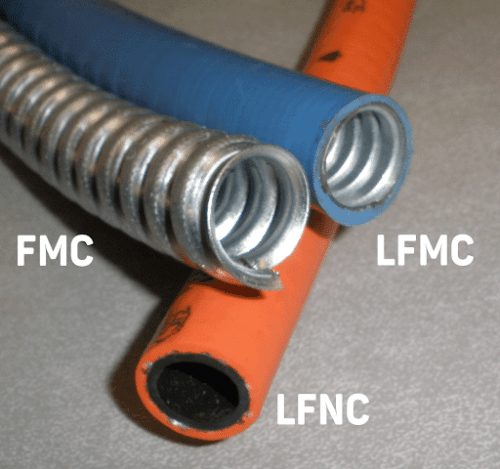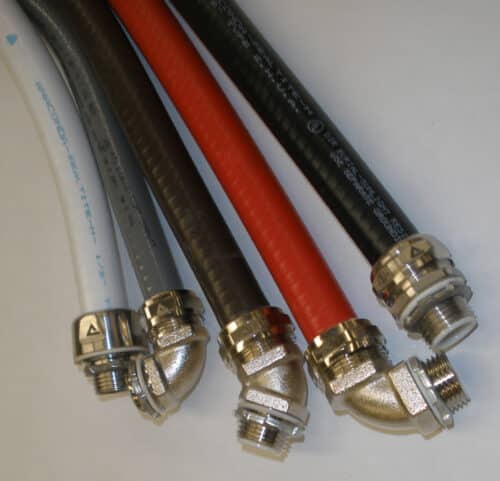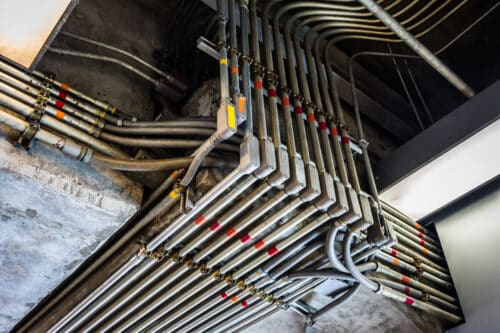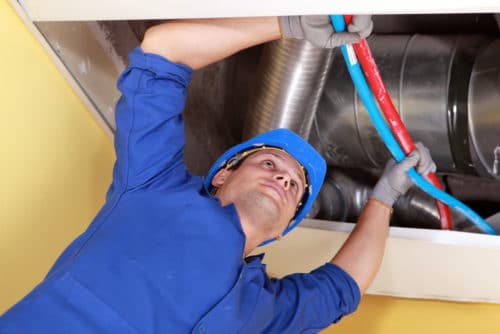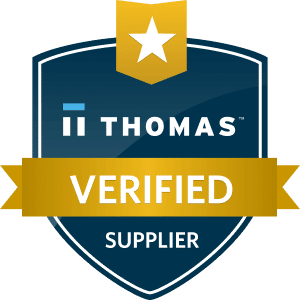WELCOME TO SUPPORT FOR SPECIFICATIONS
We extend a warm greeting to all discerning professionals seeking a comprehensive resource for their architectural endeavors. Immerse yourself in a wealth of specialized materials, meticulous specifications, and invaluable design insights carefully curated to cater to your specific needs. Our platform serves as your trusted companion, empowering you to explore innovative solutions, embrace industry-leading practices, and effectively deliver directives to contractors.
Should you require assistance or guidance, our dedicated business development team provides unparalleled support.
We can help you deliver code-compliant protection for wiring and data networks, meeting National Electrical Code (NEC) requirements.
Here is help for specifying UL listed, CSA approved ANACONDA SEALTITE® conduit systems.
- Product samples (Please complete the form at the bottom of this page to request a sample)
- Master Spec® content Specifications NOTE: This link is only effective for those with access to Deltek Specpoint Master Spec®.
- Buy American Act (BAA) support
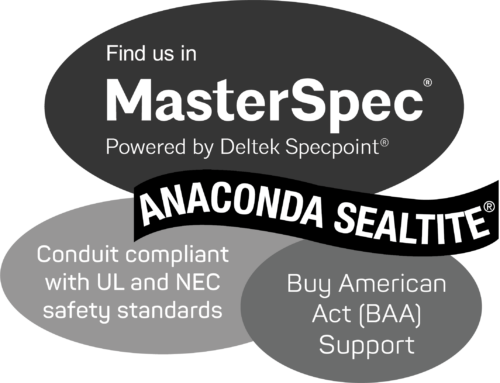
Our electrical conduit systems have been installed nationwide since the 1930s. We continue to develop new products to better serve our customers.
Since 1956, we developed conduit types that meet stringent safety and health requirements such as:
- Type UA, a UL listed, durable, CSA “Heavy Duty” flexible, liquid tight conduit
- Type CW, a UL listed, durable, CSA “Heavy Duty” flexible, liquid tight conduit for information technology installation under raised floors
- Type FGUA, a UL listed, Food Grade, flexible, liquid tight conduit recognized by NSF for complying with USDA requirements
- Type HTUA, a UL listed, extreme temperature CSA “Heavy Duty” flexible, liquid tight conduit
- Type ZHUA, a UL listed, Halogen Free, flexible, liquid tight conduit
- Type CNP, a UL listed, non-metallic, flexible, liquid tight conduit proven effective in protecting wiring in factory floor applications
Our products protect wiring for:
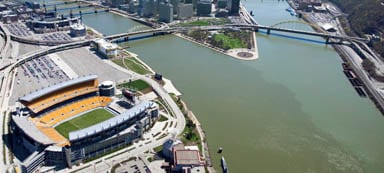
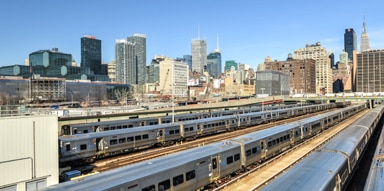
- Fort Duquesne Bridge at Three-Rivers Stadium in Pittsburgh, Pennsylvania
- Fort McHenry Tunnel in Baltimore, Maryland
- Long Island Rail Road – MTA
- Washington DC Metro
- New Jersey Transit
- New York Subways (IRT, BMT, IND)
- Metro-North Railroad – MTA
- U.S. Navy
- U.S. Air Force
- Ford
- General Motors
- Tyson Foods
- AT&T
- John Deere
- Caterpillar


